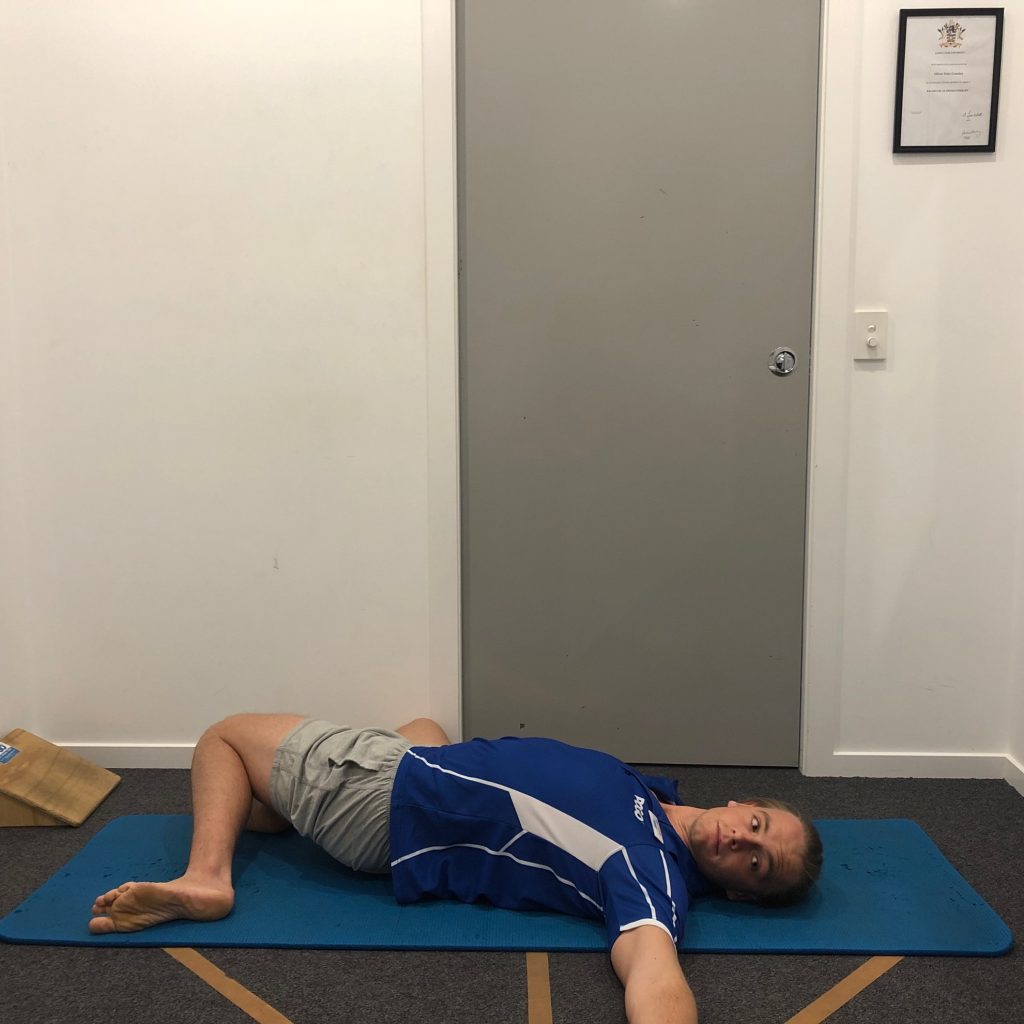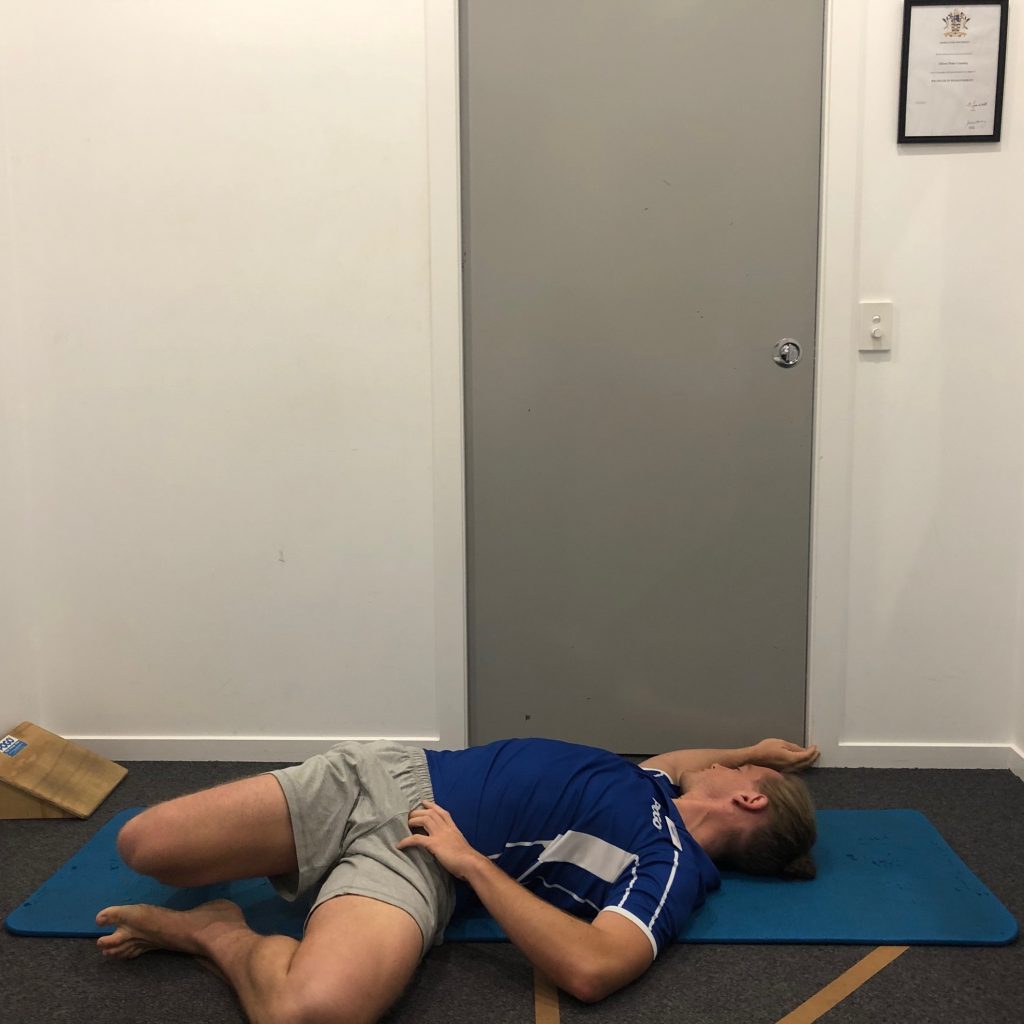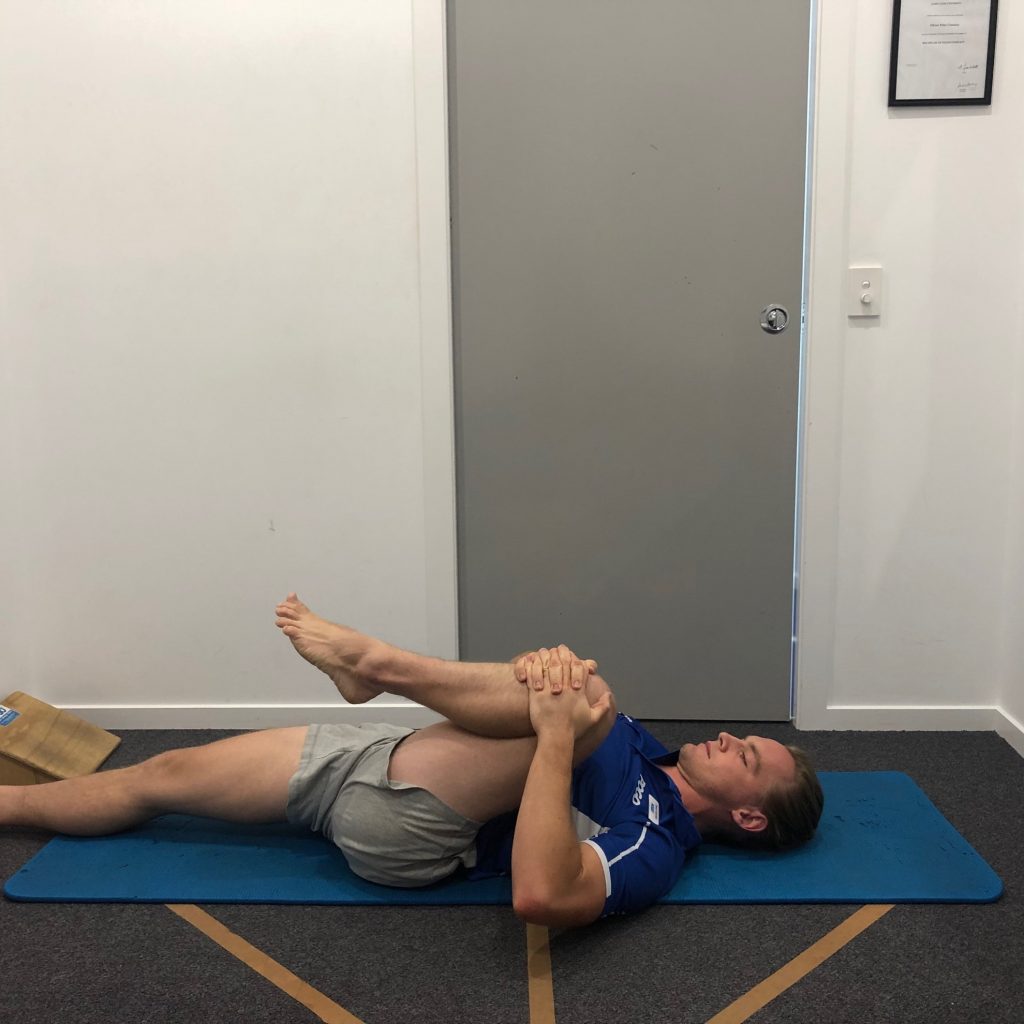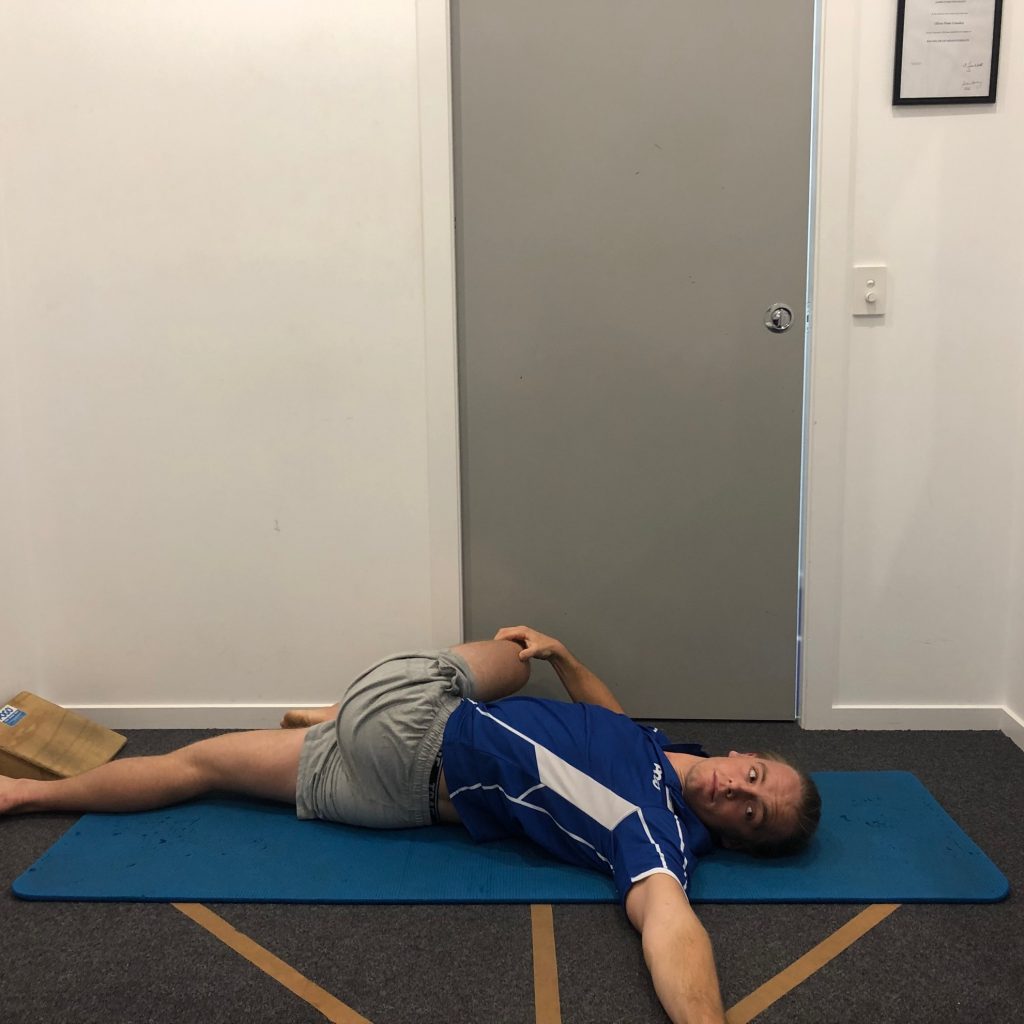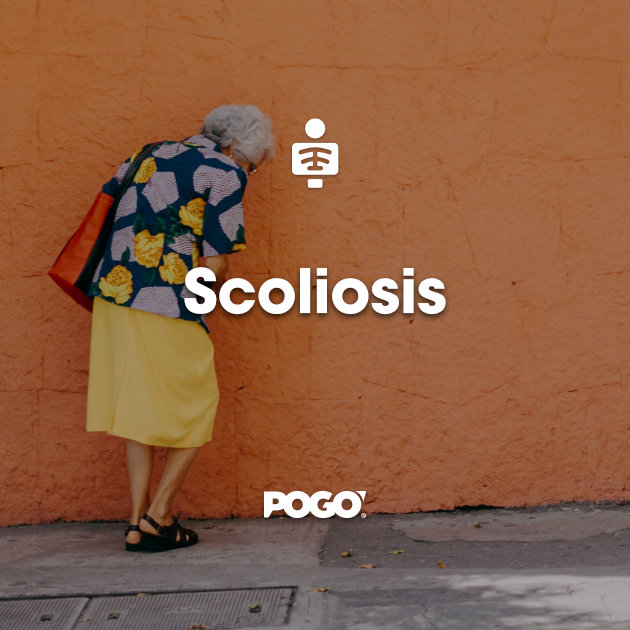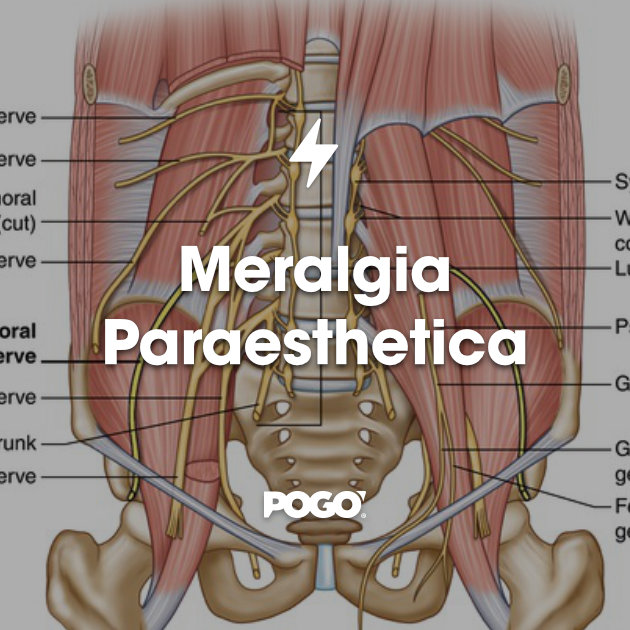Yoga for Chronic Low Back Pain
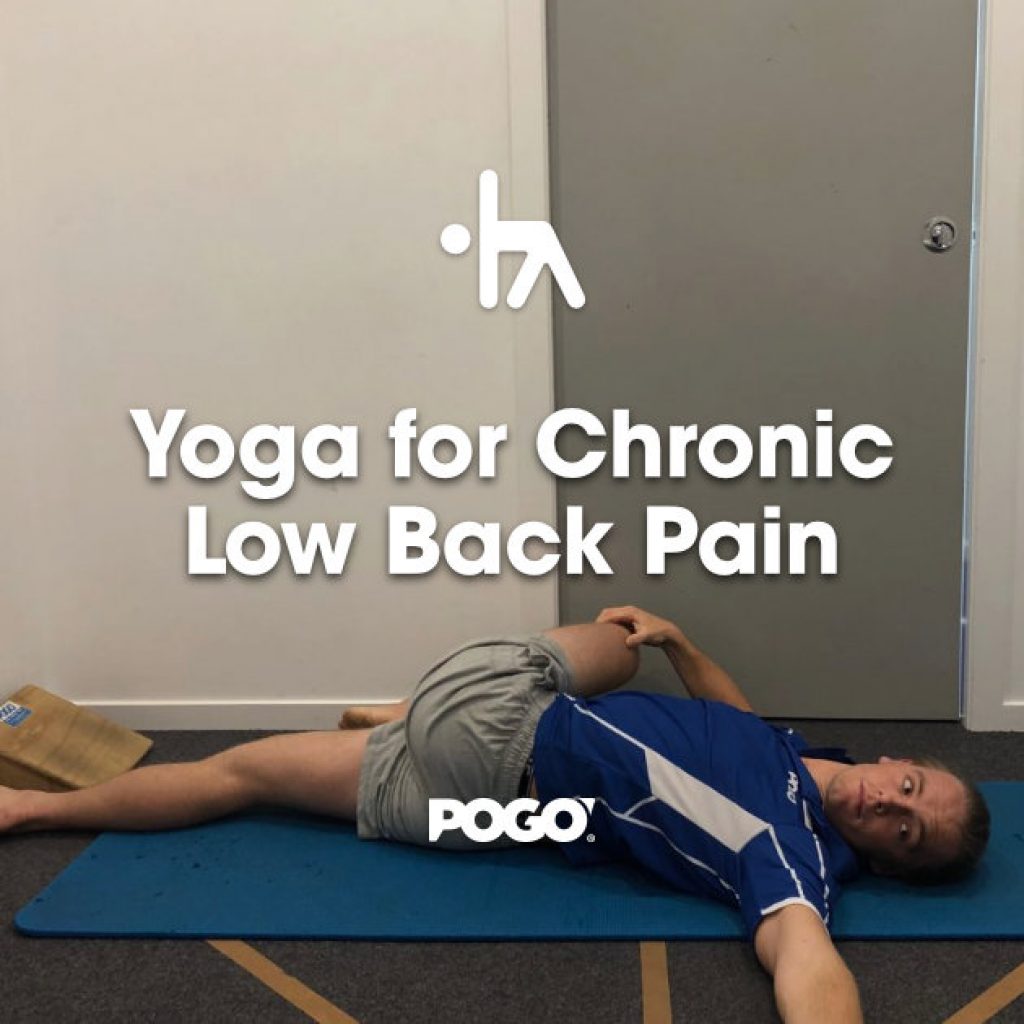
Up to 85% of the population can expect to experience at least some low back pain in their lifetime. Although 90% of all patients with acute LBP recover quite rapidly without any specific treatment, the remaining 10% are at risk of developing chronic pain and disability (1). Chronic low back pain (cLBP) is a multidimensional, complex and debilitating condition for those who experience it. Unlike its more acute and transient counterpart, Chronic low back pain cannot solely be blamed on pathoanatomical factors (‘parts of the body being damaged/dysfunctional’ – e.g. weak core muscles, poor physical fitness etc) (2).
Chronic low back pain arises from a combination of physical, psychological and social factors that include factors like leg and abdominal muscle weakness, protrusion of a lumbar disc/s, chronic stress, fear avoidant beliefs/behaviours, poor sleep quality/quantity, high workplace demands, low job satisfaction and the list can go on (2,3). Chronic low back pain can also lead to persistent anatomic and functional changes in the central nervous system that creates a kind of negative feedback loop where the symptoms and functional disability are more likely to arise and persist (2).
The central point is that when low back pain persists – we now know that it has less to do with a physical/structural problem, and more to do with the interaction of physical, social and psychological problems (3). In fact – care seeking and disability from chronic low back pain depend more on psychosocial issues (things like fear avoidance, chronic stress) than on individual clinical features or workplace physical demands. We are beginning to see that Identifying and addressing these psychosocial factors helps improve outcomes and limit costs in the care of those with chronic low back pain.
This is where Yoga comes in.
But what is Yoga?
Without getting too academic or overly specific – Yoga involves a process of physical and mental training towards self-realisation, the practice of which has eight component limbs. The eight components guide conduct within society, personal discipline, postures/poses (“asanas”), breathing (‘pranayama’), concentration (‘dharana’), contemplation, meditation (‘dhyana’) and absorption/stillness (‘samadhi’). As classically described, yoga poses comprise just one of the eight components of a broader discipline of physical, mental, and spiritual health. Generally in the west, a yoga class will largely comprise of a sequence of postures – linked with breathing, some’ pranayama’ or breathing exercises, and finally a seated or supine meditation to finish.
Benefits of Yoga
For someone who isn’t too fussed on self-realisation – Yoga provides an opportunity to address physical and psychological determinants of health in one holistic practice (6). From my perspective as a long-time practitioner of Yoga and as a Physiotherapist – the real therapeutic gem of utilising yoga is the malleability of the practice itself. You can take what you need from the large basket of “yoga tools” and use them to progressively improve your mental and physical health. And the research supports this. We have strong evidence that yoga has positive short-term effects on back-specific disability and pain (1,2). This effect in pain reduction has been demonstrated to continue into long-term as participants continue practising (1). In terms of safety – when reported, the adverse events for yoga to treat musculoskeletal conditions have been minimal and not serious (2).
It is unclear as yet in the scientific literature how exactly yoga’s mental and physical components together may contribute to treatment effectiveness (2). With particular uncertainty regarding the psychological effect of meditation and breathing exercises as being important for treatment outcomes, above and beyond the impact of physical postures (2). Despite this there is evidence that yoga is more effective than aerobic exercise as a treatment approach for depression and depressive symptoms, a common comorbidity found among cLBP patients (2). More broadly, Yoga appears as effective as other non-pharmacologic treatments in reducing the functional disability of back pain (3). It appears to be more effective in reducing pain severity or “bothersomeness” of CLBP when compared to usual care or no care (3).
Where to Start?
Aside from its documented clinical benefits, Yoga is a simple, easy and cost-effective practice to learn because it can be delivered in a group format and self-administered at home (3). However the amount of types/styles of yoga available globally can be overwhelming, especially when considering what will be best for working with back pain. As always, its recommended to find a skilled and experienced teacher – with a good understanding of anatomy. No one pose or sequence of poses is beneficial for all people with back pain -as everybody is different and yoga practice should always be tailored to the individual.
But to get started I’ve developed a simple yoga routine that may provide relief for back pain:
Yoga Sequence for Back Pain
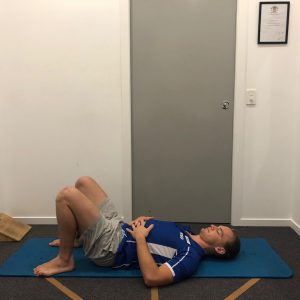
Diaphragmatic Breathing: Start by lying down on a comfortable yoga mat/towel – with your hands on your belly. Begin to breathe slowly in/out through your nose. Breathing in for 3-5 seconds, and out for 6-10 – paying close attention to feeling the rise and fall of your lower belly. Repeat this for 10-20 breaths.
Gentle Supine Twist. Let your knees roll over to the right, reaching your left arm out to side – gaze to your left hand and continue diaphragmatic breathing – in/out through your nose. After 5 breaths – roll to your left side hold the same for 5 breaths.
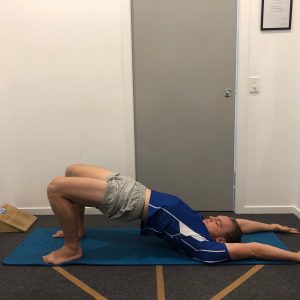
Supine Bridge: With feet hip with apart, and arms reaching overhead – lift your buttocks of the floor and drive your knees forward. Hold for 5 Breaths – lower and rest. Repeat 2x.
Supine knee tuck & twist: Bring one knee towards your chest with your hands interlaced across the front of your shin. Hold for 5-10 deep breaths – then exhale pull the knee across to the opposite side with the hand of that side (e.g. left knee pulled right by right hand). Reach the other arm out to the side and gaze in that direction (e.g. twist right – look left) – holding for 5-10 deep breaths. Repeat on the other side.
Moon Salutation Flow
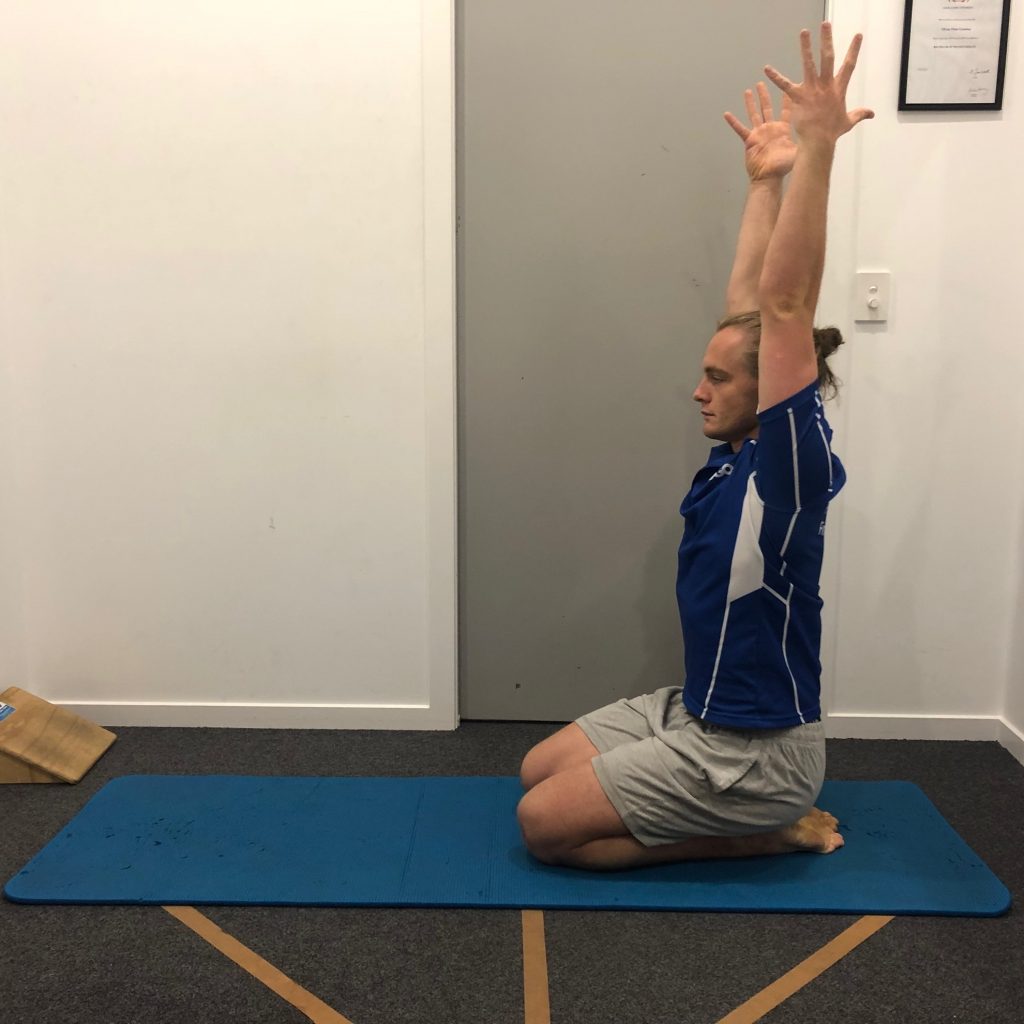
Inhale: Reach arms up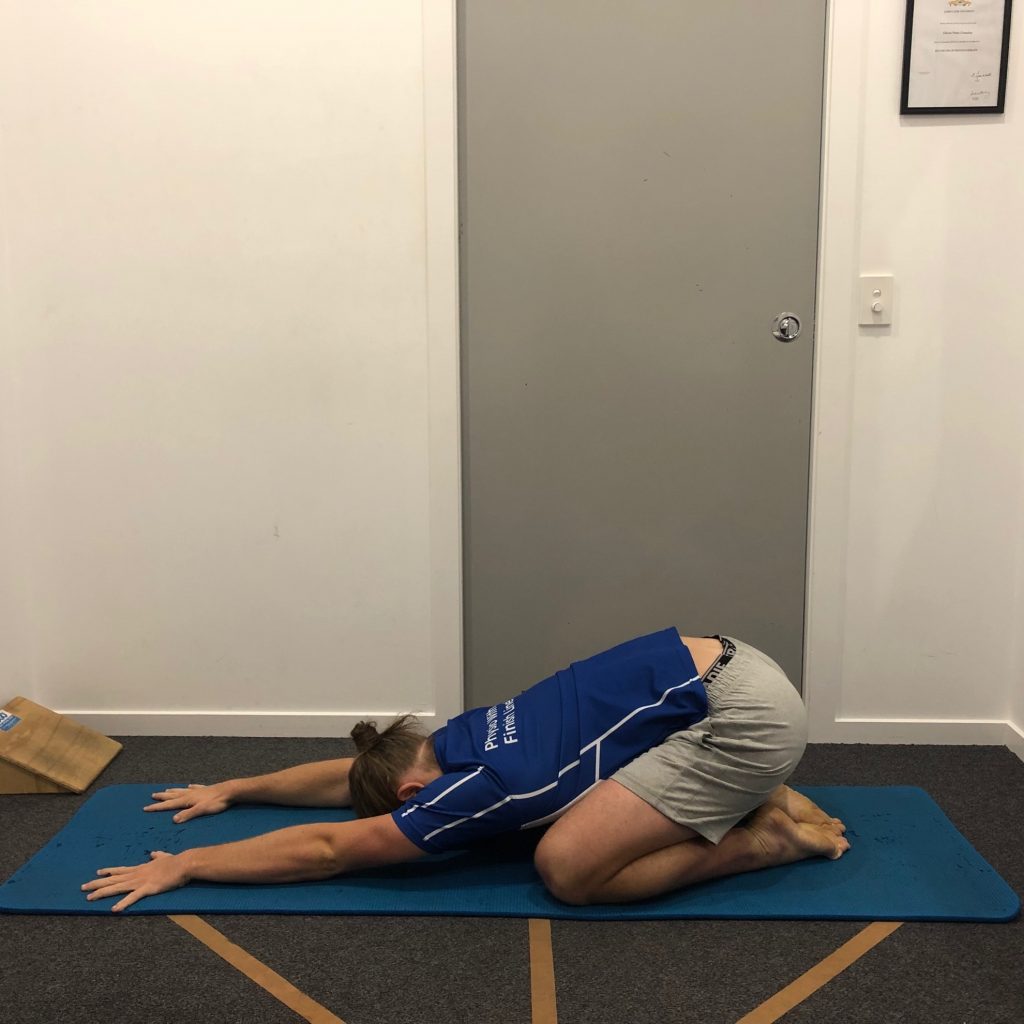
Exhale: slide hands forward to Childs pose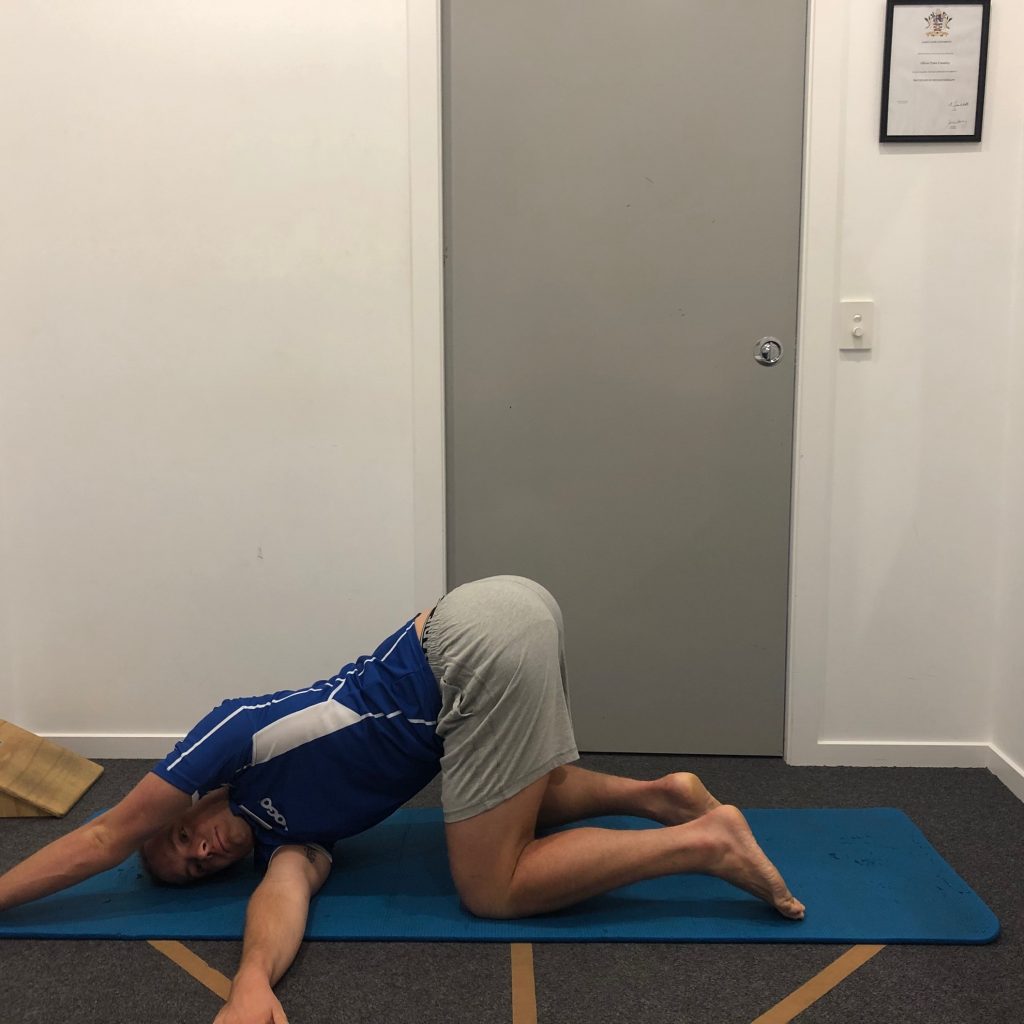
Reach left arm through – breath x 5
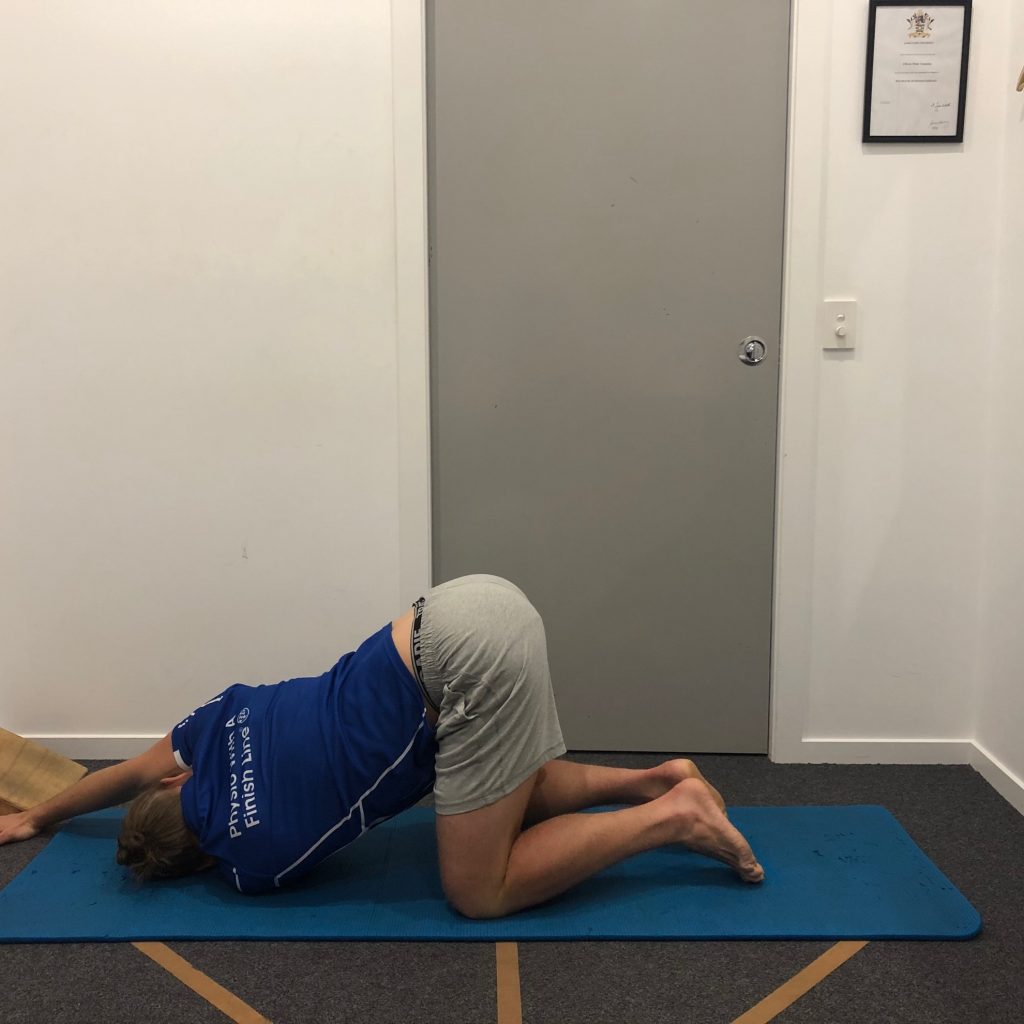
Reach right arm through – breath x 5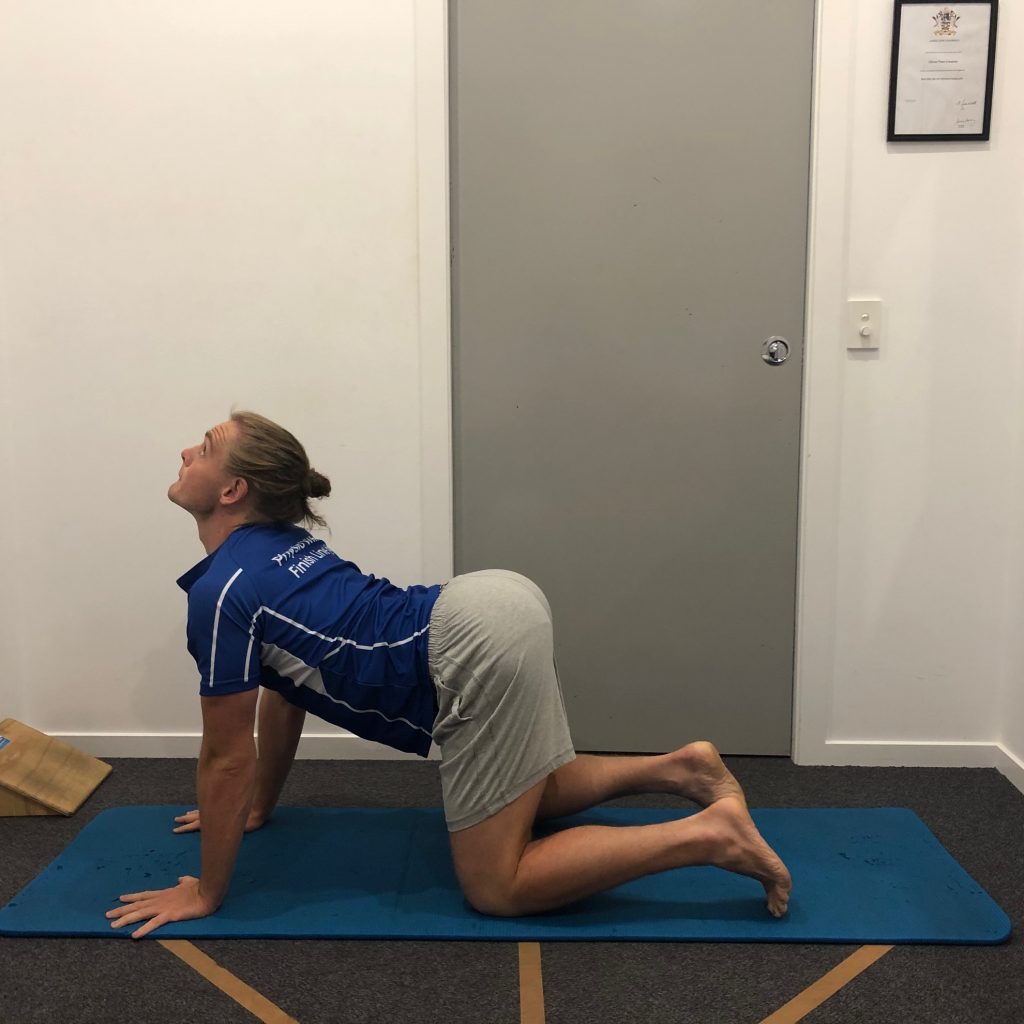
Come to hands & knees – inhale look up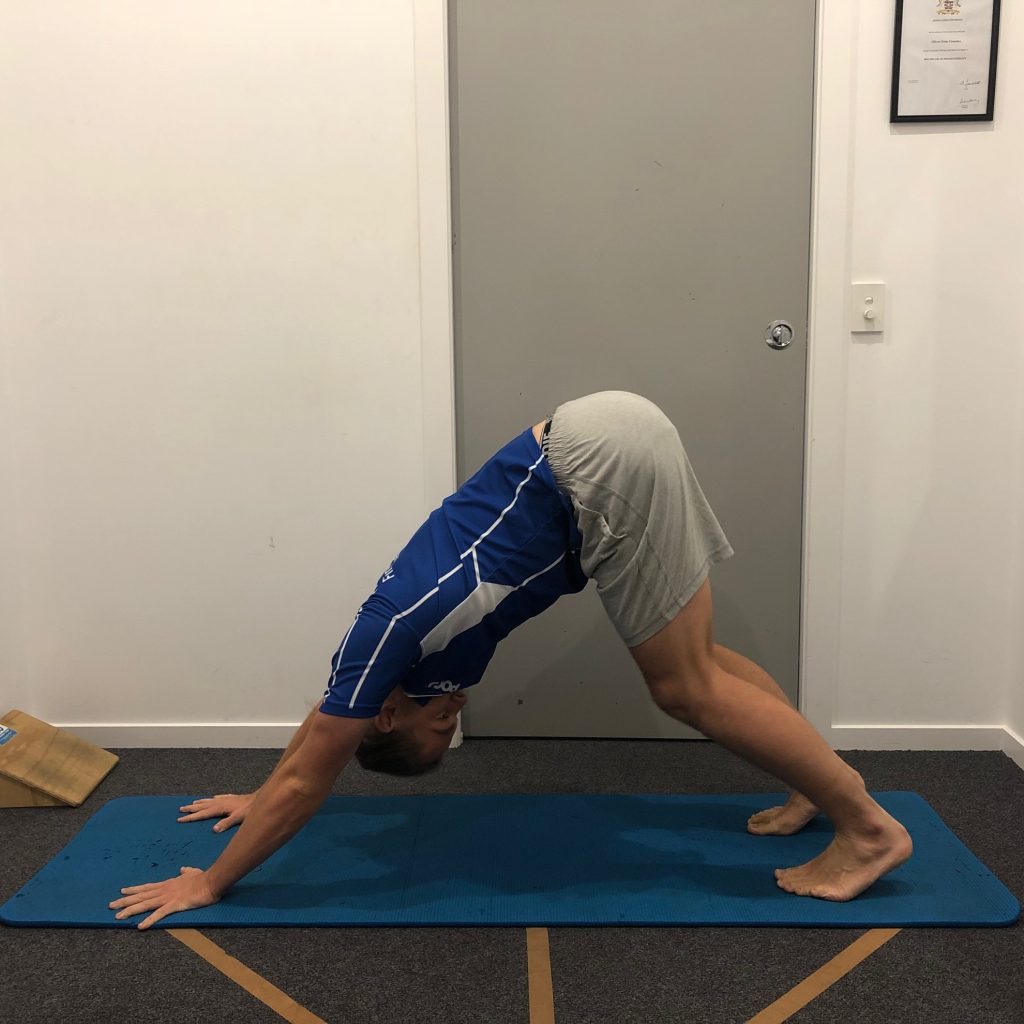
Exhale – down dog x 5 breaths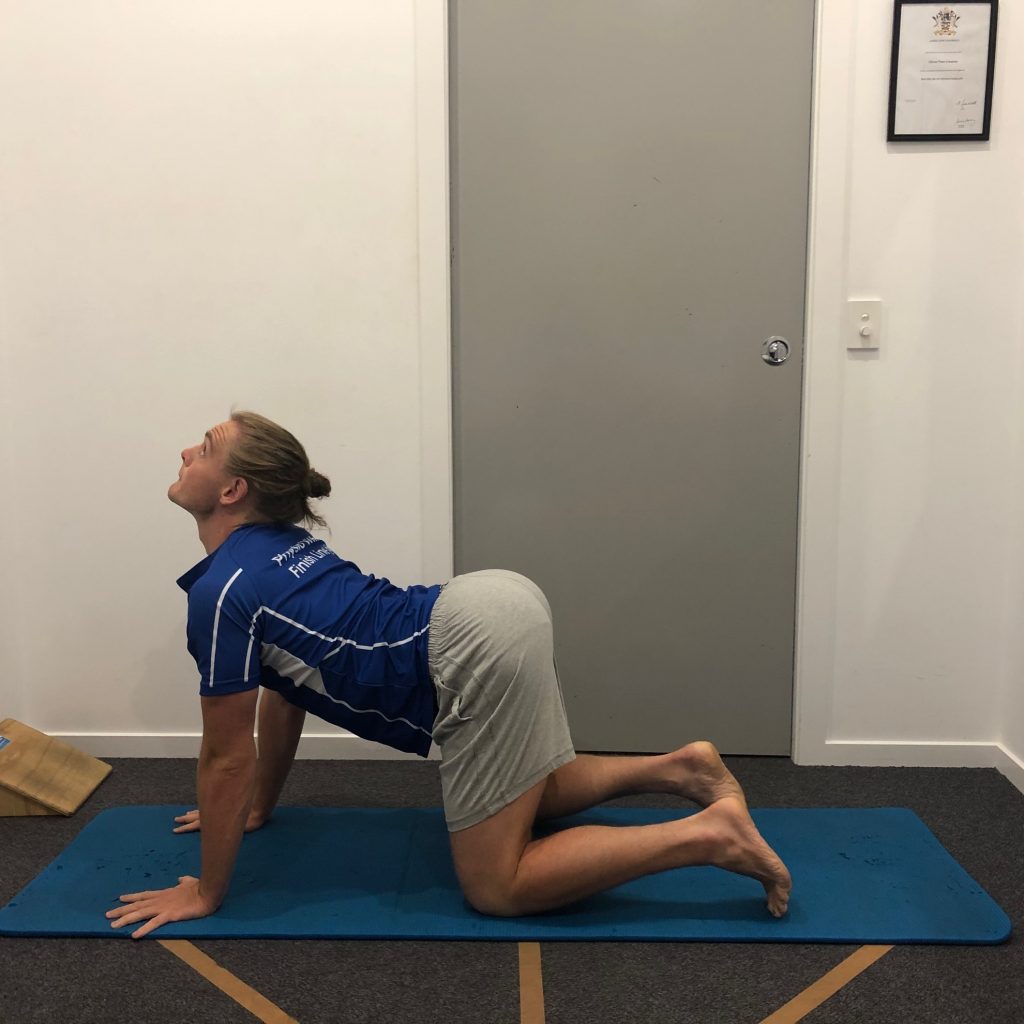
Drop to hands & knees – inhale look up and extend spine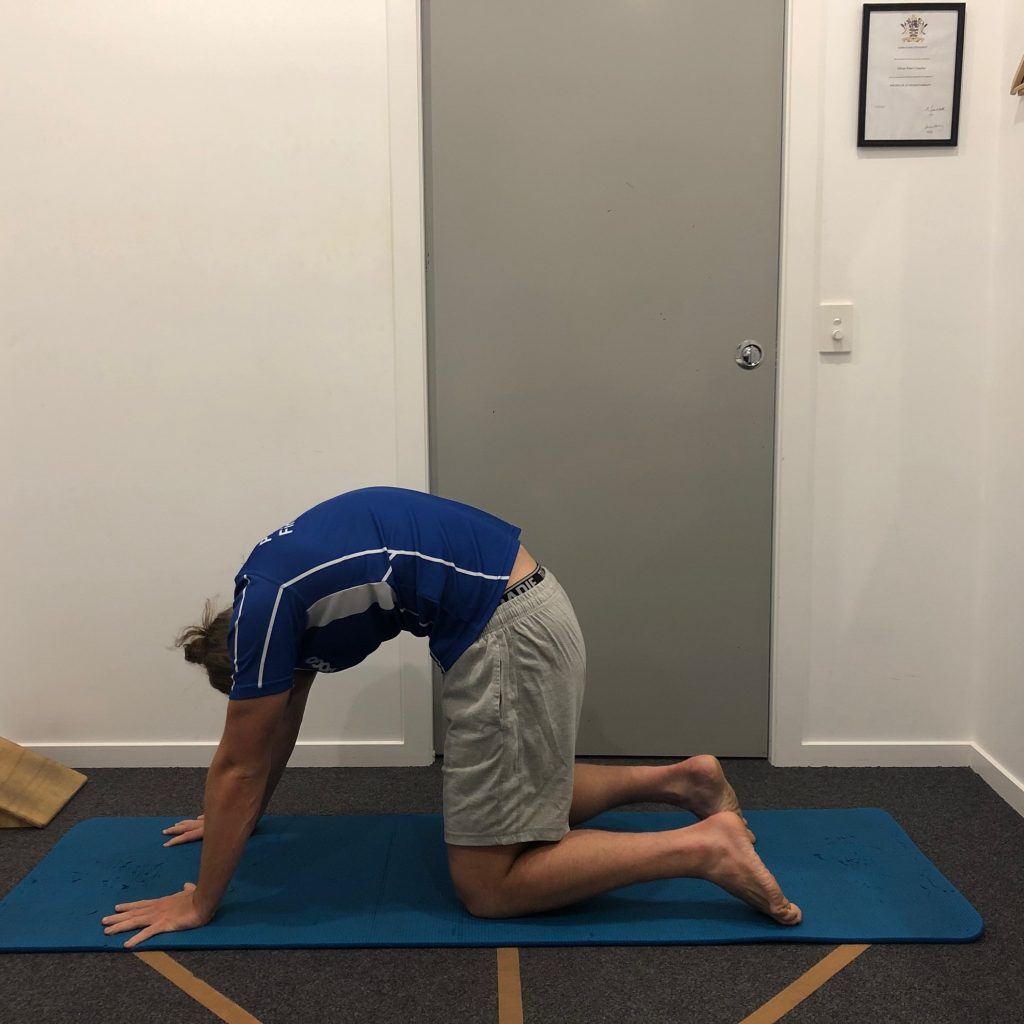
exhale look in and flex spine x 5 breaths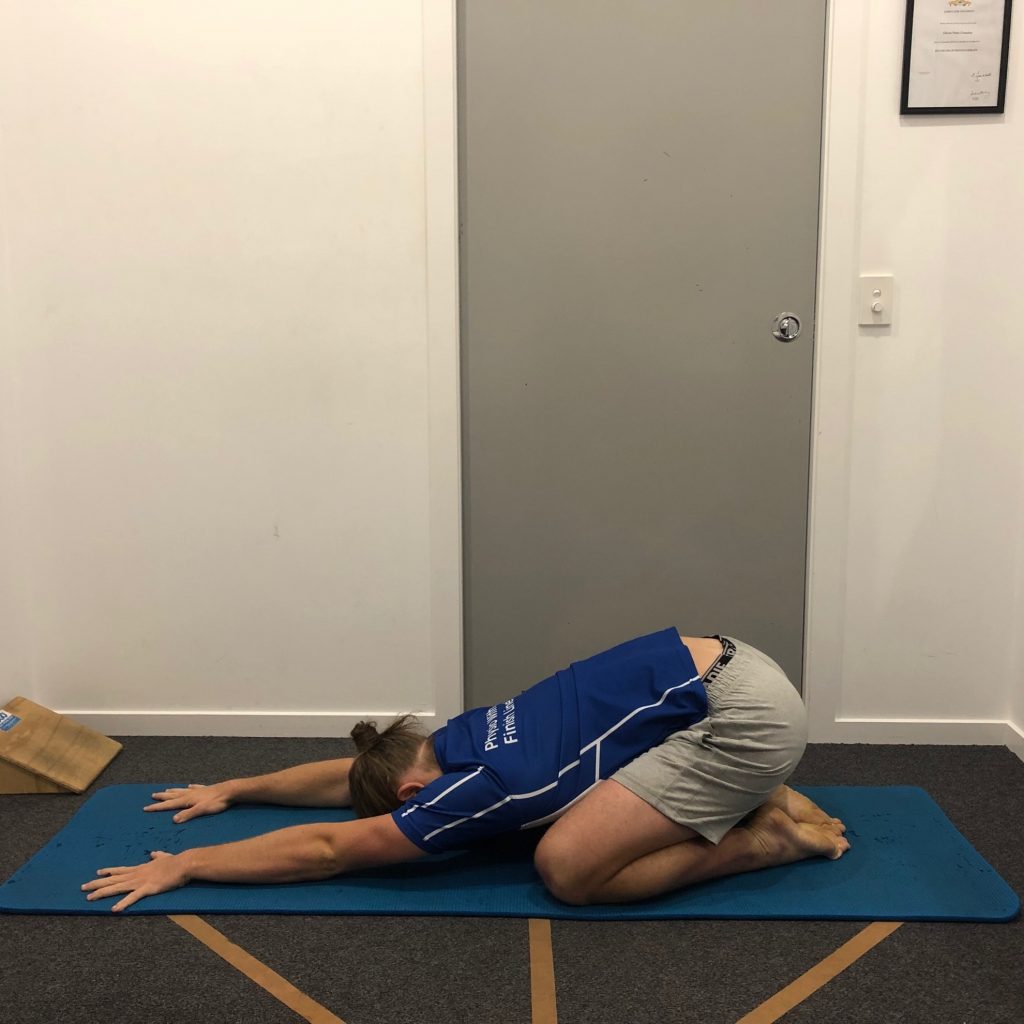
Childs pose x 2 breaths
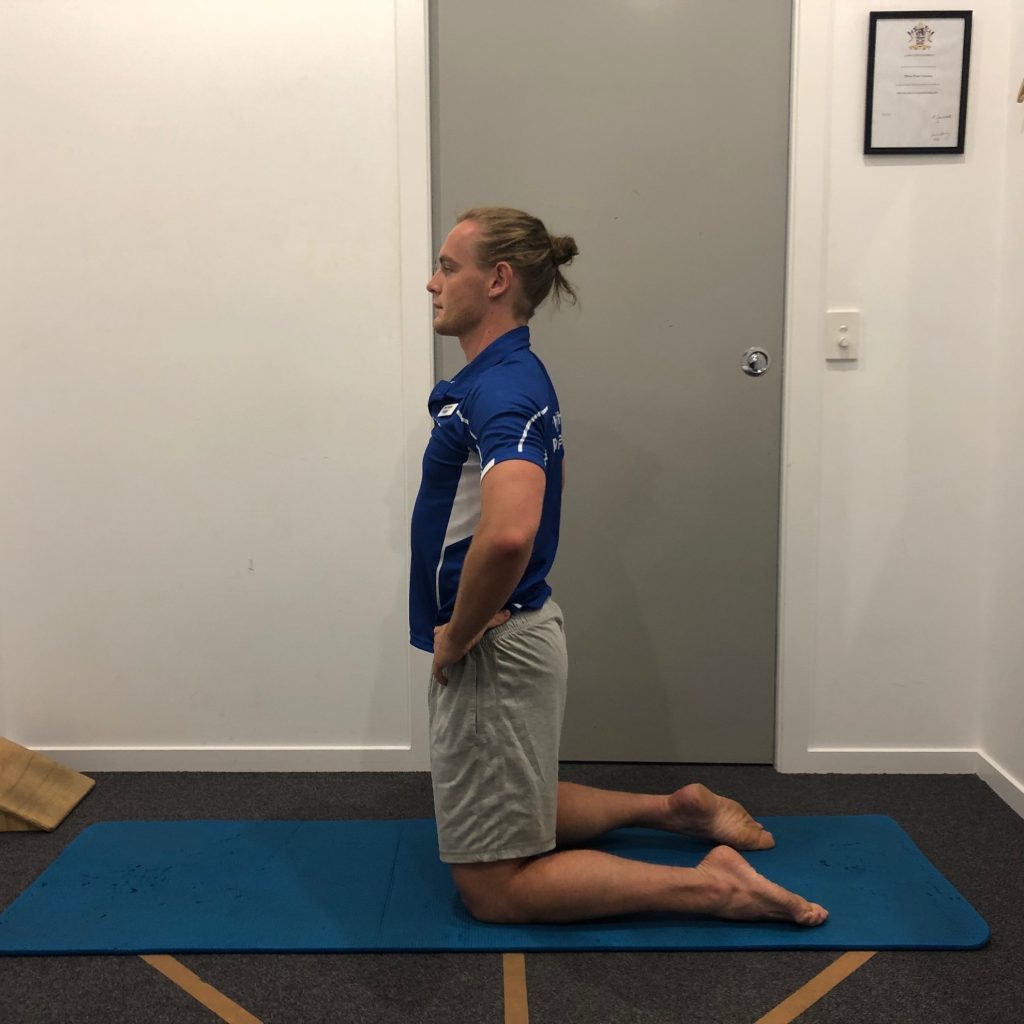
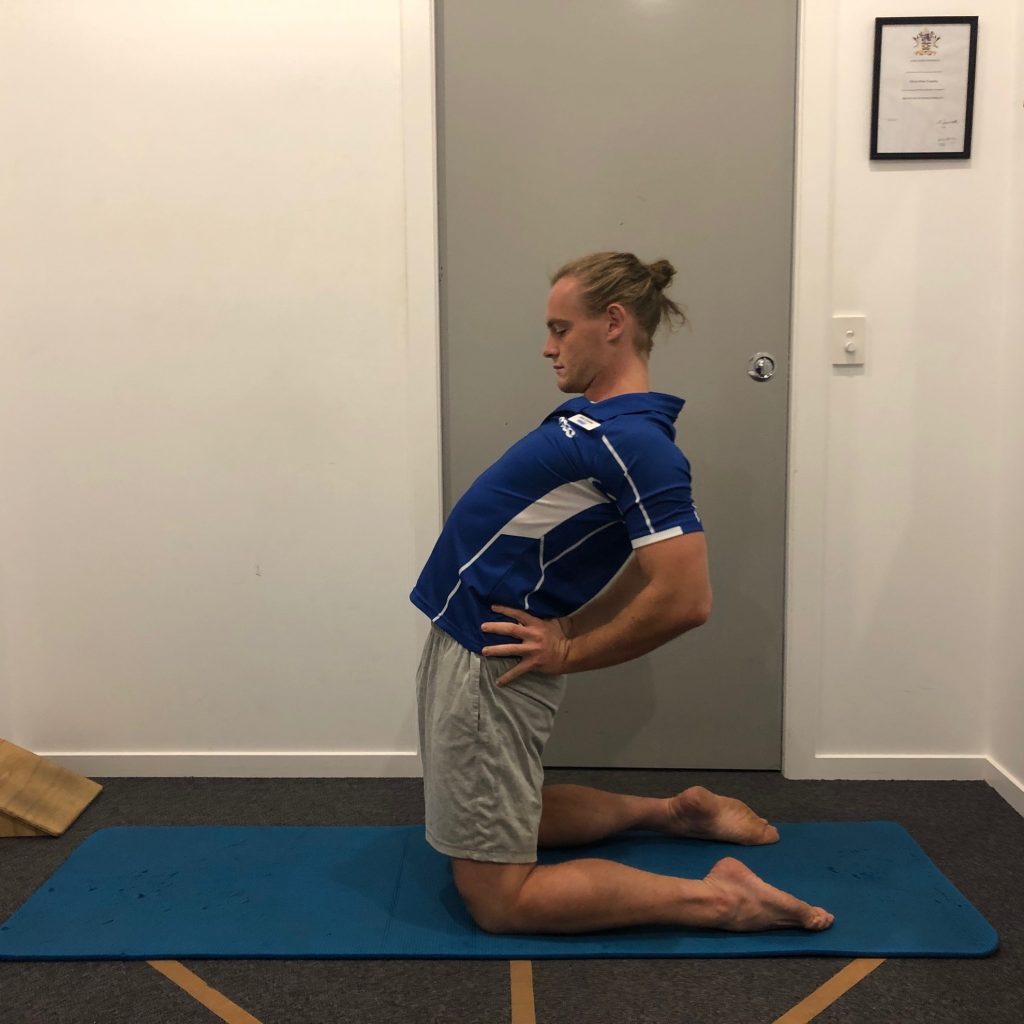
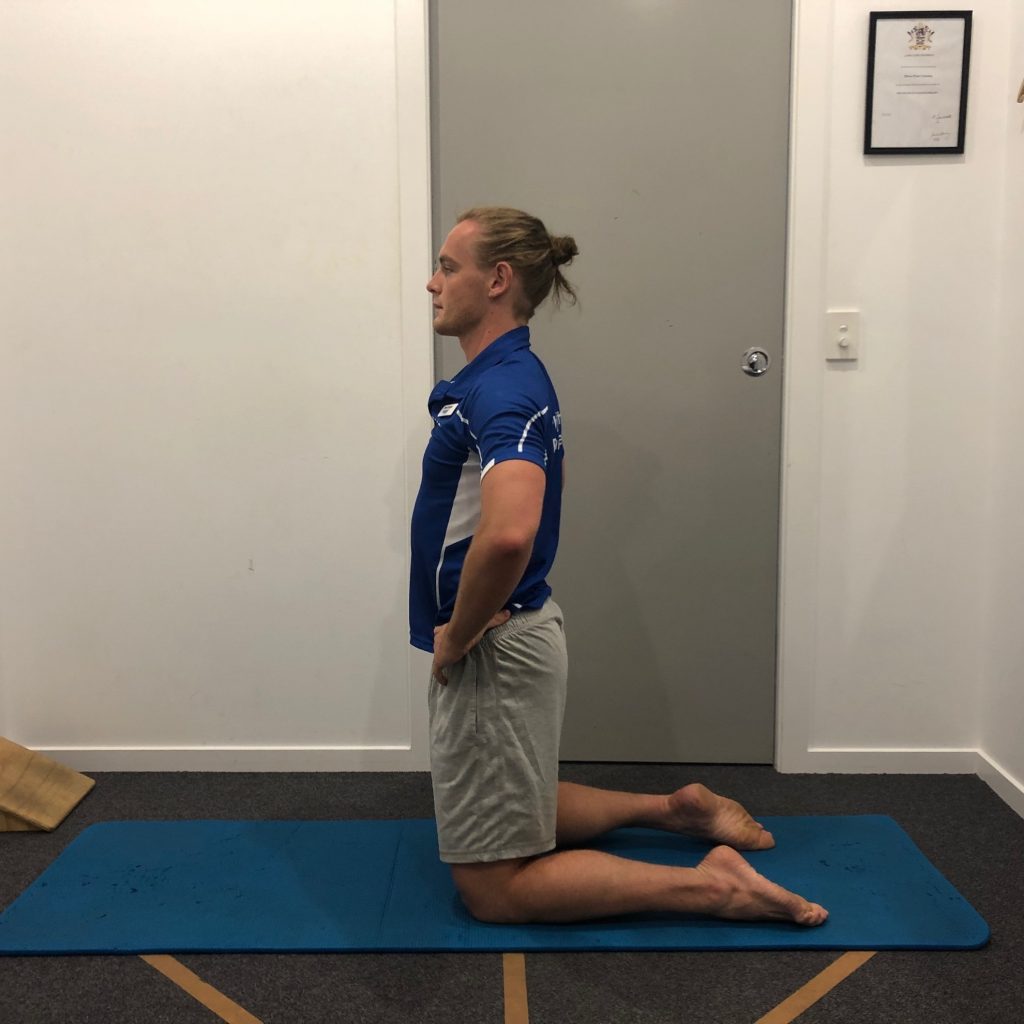
Inhale – return to kneeling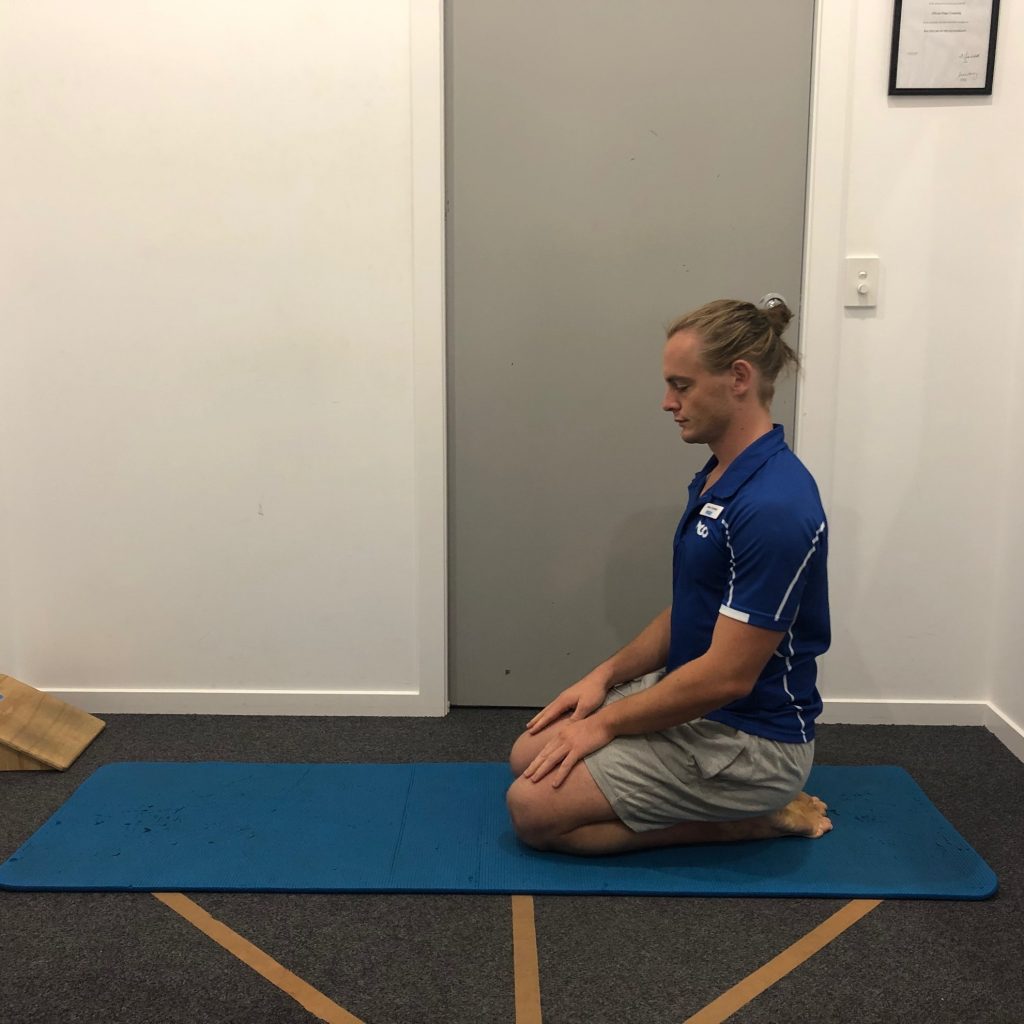
Exhale – sit on heels/calves
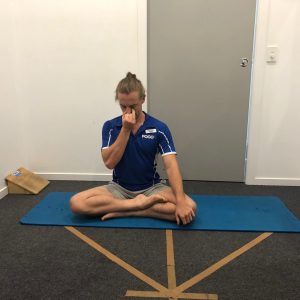
- Alternate Nostril Breathing:
- Seated comfortably in a posture of your choice – take your right hand up to your nostrils.
- Bring your 2nd & 3rd fingers in towards your palm so that your thumb and 4th/5th fingers can press into your right and left nostrils respectively
- Commence by taking a deep breath in and out through both nostrils
- Press the thumb to the right nostril and inhale in through the left (3-5 second duration)
- Release the thumb and press the 4th/5th fingers over the left nostril and exhale through the right (3-5 second duration)
- Keep the right nostril open and inhale into it (3-5 second duration)
- Conclude the cycle by exhaling through the left nostril as you press the thumb over the right nostril
- Repeat this for 10-20 rounds minimum for a calming effect on the nervous system. Keep your approach to the technique relaxed and focused (6)
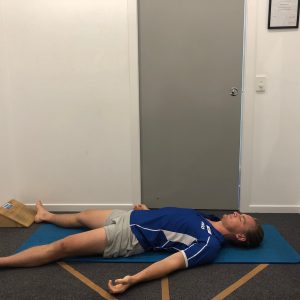
- Take arest: lie down in a comfortable position for a minimum of 5 minutes. Feel free to stay longer as you are able to for further relaxation.
This practice is a general routine and may not be suitable for everyone. If unsure, please consult a medical professional or Physiotherapist before attempting. For further information about Yoga practice, it’s clinical applications and how to implement it in your life – contact us to organise individualised assessment and instruction.
References
- Cramer, Holger, Romy Lauche, Heidemarie Haller, and Gustav Dobos. “A systematic review and meta-analysis of yoga for low back pain.” The Clinical journal of pain 29, no. 5 (2013): 450-460
- Goode, Adam P., Remy R. Coeytaux, Jennifer McDuffie, Wei Duan-Porter, Poonam Sharma, Hillary Mennella, Avishek Nagi, and John W. Williams Jr. “An evidence map of yoga for low back pain.” Complementary therapies in medicine 25 (2016): 170-177
- Chang, Douglas G., Jacquelyn A. Holt, Marisa Sklar, and Erik J. Groessl. “Yoga as a treatment for chronic low back pain: a systematic review of the literature.” Journal of orthopedics & rheumatology 3, no. 1 (2016): 1
- Sherman, Karen J., Robert D. Wellman, Andrea J. Cook, Daniel C. Cherkin, and Rachel M. Ceballos. “Mediators of yoga and stretching for chronic low back pain.” Evidence-based Complementary and Alternative Medicine 2013 (2013)
- Wieland, L. Susan, Nicole Skoetz, Karen Pilkington, Ramaprabhu Vempati, Christopher R. D’Adamo, and Brian M. Berman. “Yoga treatment for chronic non‐specific low back pain.” Cochrane Database of Systematic Reviews 1 (2017)
- Mohan, Angarai Ganesha, and Indra Mohan. Yoga therapy: A guide to the therapeutic use of Yoga and Ayurveda for health and fitness. Shambhala Publications, 2004.




